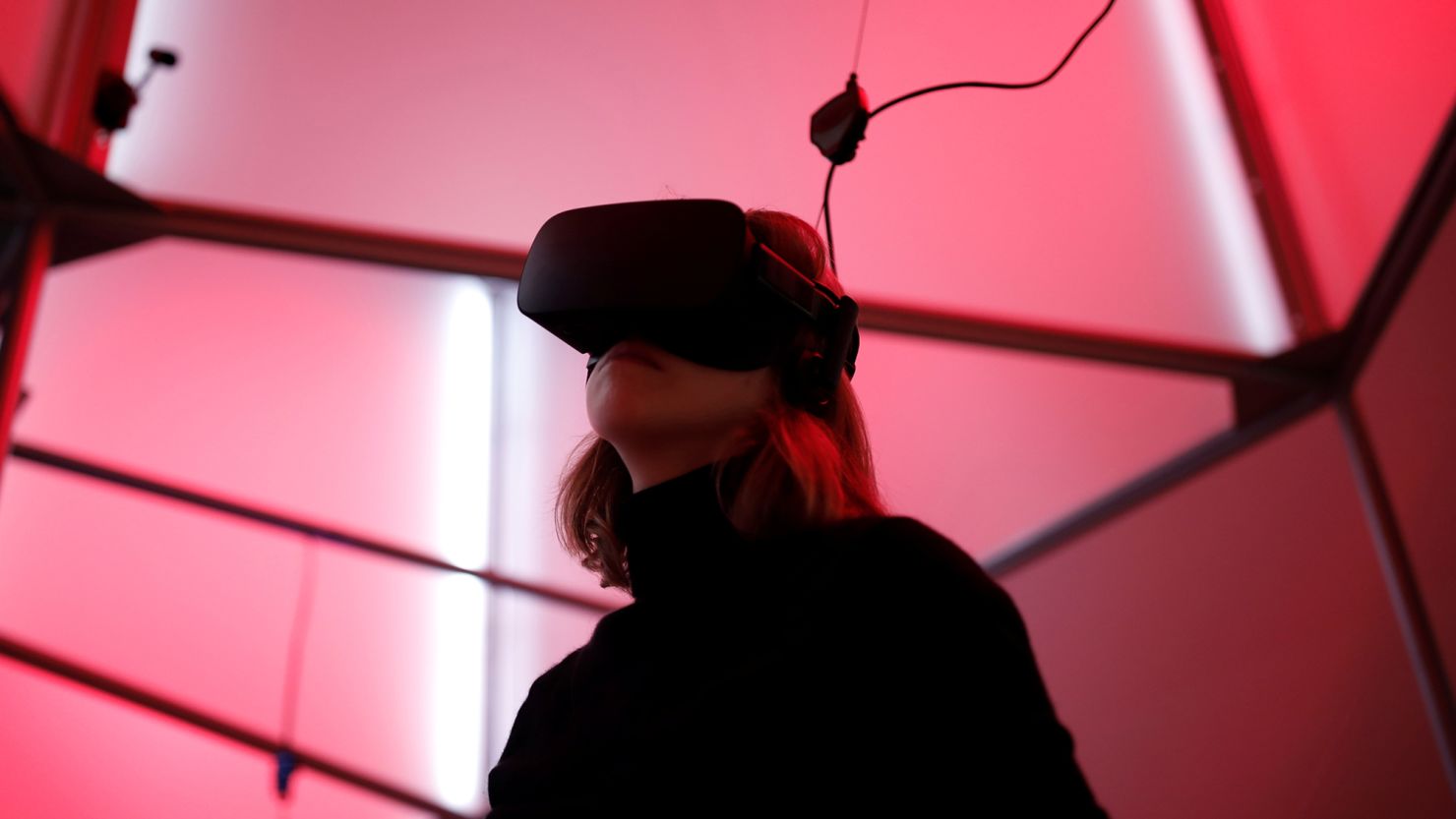Virtual reality (VR) has long been touted as the technology poised to revolutionize entertainment. Now, in 2025, industry leaders are signaling that the long-anticipated mainstream breakthrough may finally be on the horizon. Major companies like Meta and Apple are ramping up efforts to bring immersive experiences to consumers, suggesting a new era for virtual entertainment.
Recent reports indicate that Meta is engaged in discussions with Disney, A24, and other entertainment powerhouses to create content specifically for its Quest VR headsets. In June, Apple announced an update for its Vision Pro headset, allowing users to share 3-D content across devices, enhancing the communal viewing experience for movies and concerts. Earlier this year, Apple introduced an immersive concert featuring Metallica, further highlighting its commitment to VR content.
The current landscape reflects a renewed optimism in VR technology. Despite setbacks, both tech and media giants are betting on consumer willingness to invest significantly in experiences that extend beyond traditional screens. The industry has struggled with a classic chicken-and-egg dilemma: to attract high-quality content, VR headsets need widespread adoption, yet mass adoption hinges on the availability of compelling content.
As technology has advanced, manufacturers have developed lighter and more powerful headsets. The past decade has seen a significant shift in how companies view VR as a storytelling medium. In June, for example, Meta offered live virtual tickets to Stanley Cup games, mirroring earlier initiatives in the NBA and WNBA. Additionally, headset owners have enjoyed various virtual concerts, including sessions featuring Alicia Keys and Blackpink. However, these initiatives have primarily served as exploratory pilots rather than substantial investments.
According to Sarah Malkin, director of entertainment content for Meta’s VR division Reality Labs, the cycle of content creation and headset adoption is shifting. She stated, “I think the ‘it moment’ is when you are regularly engaging in experiences in mixed reality that are super complementary and part of your integrated life.” Recent data from International Data Corporation (IDC) reports that global shipments of augmented reality (AR) and VR headsets rose by approximately 10% in 2024, reaching 7.5 million units worldwide.
Despite these optimistic indicators, the financial realities of the VR industry reveal a different story. Meta has invested around $46 billion into its metaverse ambitions over the past three years. The company’s Reality Labs segment recorded an operating loss of $4.2 billion with just $412 million in sales in the first quarter of 2025, reflecting a decline from the previous quarter. Nevertheless, tech firms continue to explore opportunities in the sector.
For example, reports from Bloomberg indicate that Meta has invested $3.5 billion in EssilorLuxottica SA to enhance its eyewear offerings. Snap has also announced plans to release new AR spectacles next year, while Google collaborates with partners like Xreal and Samsung on upcoming devices running its Android XR software.
The challenge remains that tech companies need to demonstrate the value of VR devices to consumers. Bertrand Nepveu, a former contributor to Vision Pro and a partner at Triptyq Capital, emphasized the importance of wider adoption. He noted, “It’s still early, but there’s no technical limitation right now, it’s more (that) we need people to invest because you need a critical mass.”
Immersive storytelling is gradually gaining traction, but widespread popularity remains elusive. Notable figures like James Cameron and Sabrina Carpenter are beginning to explore the medium, yet the growth has been hindered by misconceptions among studios. Industry consultant Jenna Seiden explained that simply adapting existing content for VR is not sufficient. “You need to build natively so the audience is going to have a different experience per platform,” she stated.
The key to success may lie in creating exclusive content, a strategy that has proven effective in traditional media distribution. As Seiden described, “You look at the creation of HBO (Max), you look at the creation of Apple TV+, they grew their audiences based on exclusives.” Live virtual sports events could serve as a gateway for broader audience engagement. Paul Raphaël, co-founder of Felix & Paul, noted that sports are particularly well-suited for immersive formats, using 180-degree cameras to enhance viewer experiences.
For the entertainment industry, the emergence of a new distribution platform could not come at a better time. The current media landscape is characterized by fragmentation, driven by the rise of streaming services and changes in consumer viewing habits. Jack Davis, co-founder of CryptTV, remarked that VR headsets could offer a vital new avenue for premium content, especially as traditional revenue streams face increasing challenges.
Investment in VR has lagged behind other technologies, such as AI and self-driving cars. Data from Crunchbase indicates that funding for AI and self-driving initiatives rose from $39.96 billion in 2019 to an anticipated $105.36 billion by 2025. In contrast, XR funding peaked at $4.087 billion in 2021 but has since declined to $347.69 million. The venture capital landscape mirrors this trend, with VR deals dropping significantly since 2019, when they reached $6.43 billion.
Despite these hurdles, Nepveu believes a shift is underway, stating, “Now that AI is more understood, you know what it’s good for, what it’s not capable of, the budgets now are going back into XR.” Nevertheless, companies developing mixed reality headsets must address consumer skepticism regarding the value of such devices. Apple has positioned its Vision Pro as a spatial computing tool, emphasizing productivity and work applications alongside entertainment.
The timeline for VR’s breakthrough moment remains uncertain. Opinions vary widely; some experts suggest it could occur within a year, while others estimate three to seven years for true mainstream adoption. Raphaël believes that traditional 2-D content may soon feel outdated, saying, “Content, the way it is consumed today, is going to be much like we think of black and white movies, where…if a film isn’t immersive, it doesn’t lose its value, but it becomes something of another era.” As the industry navigates these challenges, the potential for VR to redefine entertainment remains a tantalizing prospect.
